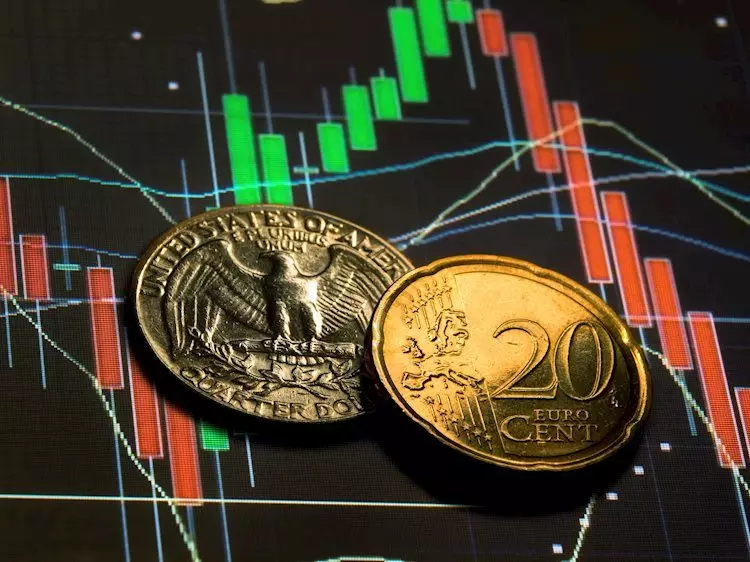The EUR/USD pair has been trading softer around 1.0765 despite the weaker US Dollar Index (DXY) below the 105.00 mark. Investors witnessed the pair bouncing off multi-week lows near 1.0720 on Wednesday, signaling some support for the major pair. However, the softer German inflation data on Tuesday has put pressure on the Euro as speculations of rate cuts from the European Central Bank (ECB) intensify.
Dovish comments from several Federal Reserve (Fed) officials have also weighed on the Greenback. Cleveland Fed President Loretta Mester expects rate cuts this year but has ruled out the possibility of cuts at the next policy meeting in May. On the other hand, San Francisco Fed President Mary Daly believes that three rate cuts in 2024 seem “reasonable,” but she requires more convincing evidence to support this claim. Futures traders are anticipating the US Fed to initiate easing measures in the June meeting, with a predicted cut of three-quarters of a percentage point by the end of the year.
The preliminary German Harmonized Index of Consumer Prices (HICP) data rose 0.6% MoM in March, slightly below the consensus estimation of a 0.7% MoM increase. The year-on-year rate of HICP also fell short of expectations, rising only 2.3% in March, the lowest level since June 2021. This softer inflation data indicates that Germany is nearing the ECB’s target of 2%, leading to market hopes for an imminent interest rate cut.
Investors are now closely monitoring the advanced Eurozone inflation data for March and the US ISM Services PMI for fresh impetus on the EUR/USD pair. The uncertainty surrounding the US Fed’s future monetary policy decisions and the Eurozone inflation outlook are likely to dictate the direction of the pair in the coming days. Traders should remain vigilant and responsive to any new developments that could impact the currency markets.
The recent German inflation data has significantly influenced the trading dynamics of the EUR/USD pair. The market is now bracing for potential policy responses from central banks and economic indicators to gauge the future trajectory of the pair. It is crucial for traders to stay informed and adaptable in the continuously evolving forex market environment.

